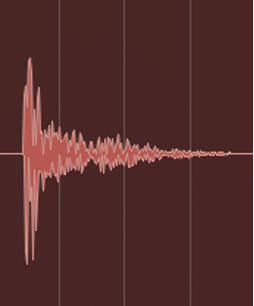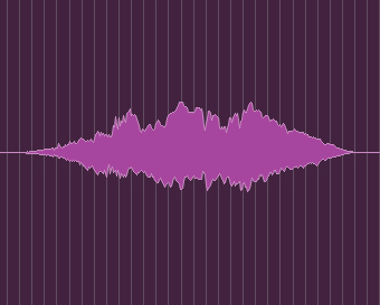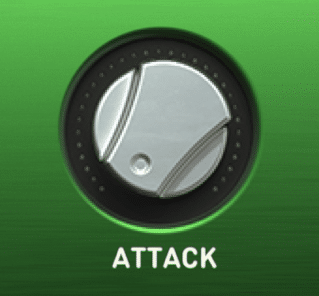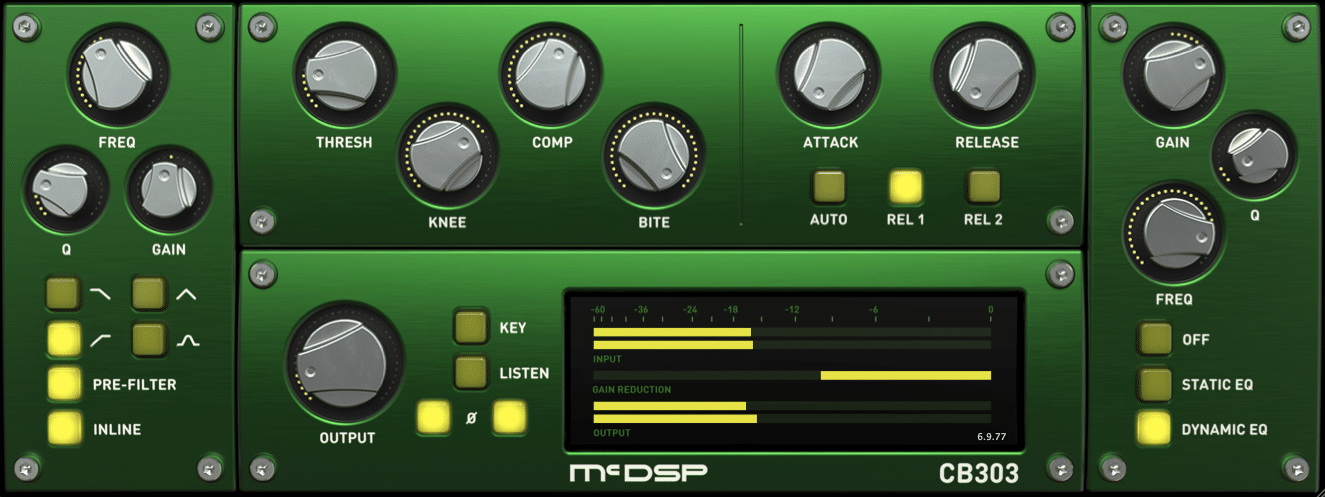Since compression is one of the most powerful music production tools available to us, it makes sense that it can either make or break a mix in a variety of ways. Too much compression can result in a lifeless song that sounds like all the elements are smushed together, while not enough compression can make a production sound unprofessional and all over the place.
One of the trickiest compression concepts, though, is using the amount of compression that’s necessary for the task at hand while also retaining the punch of your mix’s transients.
But what are transients and why do we care so much about them? Also, what do they have to do with compression? Let’s find out!
What are Transients and Why Preserve Them?
The word “transient” is usually used to refer to the highest peak at the beginning of an attack-heavy audio waveform. Percussion instruments have the most obvious transients since they are usually the punchiest, most attack-heavy elements of a production, but just about any instrument can have an obvious transient. For instance, a palm-muted guitar DI track will also have obvious transients, but a mellow synth pad probably won’t.
A Transient-Heavy Waveform (Left) Vs. A Not Transient-Heavy Waveform (Right)
So why are transients so important and why do we want to preserve them? Well, on percussive instruments, transients are particularly important because they can make the difference between a production sounding dynamic and punchy, or static and boring.
What are some good ways to use compression on transient-heavy material without leaving negative side effects on the transients themselves? Let’s see.
Be Mindful of Your Attack Time
First and foremost, if you’re compressing a transient-heavy instrument and you find that you’re losing a lot of punch, the first control you should look at is your attack time. A compressor’s attack time determines how long it takes a compressor to start compressing once the input signal has risen above the compressor’s threshold.
A Fast Attack Time (Left) Vs. A Slow Attack Time (Right)
If your attack times are set too fast, you’ll likely end up taking some of the punch away from your source. As a result, making your attack time a bit slower is a great way to try and retain some punchiness and clarity when dealing with transient-heavy material.
Keep Gain Reduction Amounts Low
Too much gain reduction could easily result in a loss of punchiness. This is especially true if you’re working with a fast attack time, as you’re not only squashing your transients, but you’re squashing them quite a lot!
The McDSP CompressorBank Plug-In
The McDSP CompressorBank Plug-In
This parameter is called BITE, and it stands for Bi-directional Intelligent Transient Enhancement, which is a fancy way of saying that this control can help you compress transient-heavy material while retaining the punch that your transients provide.
Although its name might lead you to think otherwise, the functionality behind the BITE control is quite simple. Dialing this parameter upwards tells CompressorBank to let some of your source material’s transients pass through the compressor without compressing them, all without affecting the overall amount of gain reduction done by the plug-in. In this way, the BITE control helps you retain the bite (pun intended) and aggression that transients are known for.
Keep in mind that the BITE control isn’t the only thing that CompressorBank has to offer, though! It also includes a knee control that allows you to morph between different compression curves, multiple peak detection circuits, as well as pre-compression and post-compression filtering/EQ options.
As always, we hope you learned something new! Be sure to sign up for our newsletter below to stay up to date on all things McDSP. We’ll see you next time!





